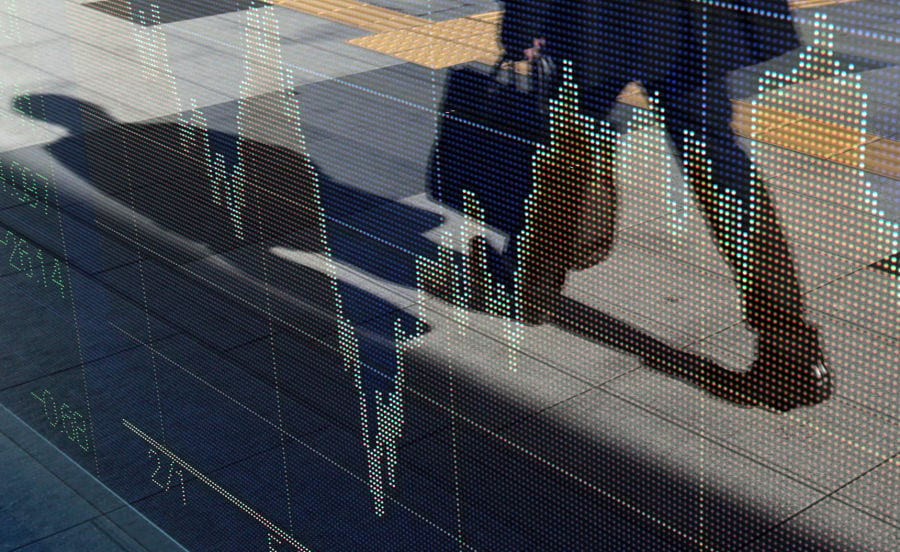Exchange-traded funds face a growing threat from the very traders who sustain them, according to Moody's Investors Service.
The $3.9 trillion U.S. industry could feed systemic risks if market makers, which play a crucial role keeping the price of an ETF in line with its underlying value, step away during turmoil, analysts led by Fadi Abdel Massih wrote in a report. Less liquid asset classes would bear the brunt of the pain.
The theory might be in for a test as equities crater, with the S&P 500 Index down about 3.5% in the past four days and headed for its worst week of the year.
"A stress event could diminish the amount of standing orders at various prices," Mr. Massih wrote. "Unexpected market liquidity shortfalls could be most pronounced within ETFs tracking inherently illiquid markets, such as high-yield credit, reducing the potential rewards for market makers. These ETF-specific risks, when coupled with an exogenous system-wide shock, could in turn amplify systemic risk, a credit negative for market participants."
It's not the first time that risks from fund liquidity, or the lack of it, have been raised, with many critics focusing on the mismatch between the ease of trading an ETF versus the securities it owns. While Moody's says market stress could trip up investors that believe an ETF is more liquid than its holdings, the report zeros in on the firms facilitating transactions.
(More: SEC cracks down on ETF names that could be misleading)
Technologically savvy specialists now handle most market making for ETFs and will be "increasingly dominant," according to Moody's. Banks, which used to run this business, have stepped away, largely as a result of greater regulation. Goldman Sachs Group Inc., for example, quit acting as an ETF lead market-maker — a role that carries additional pricing responsibilities — more than a year ago.
The changing nature of these middlemen has added some risks. Declining bond inventories at the banks has increased the liquidity risk in corporate debt and associated ETFs, "and is further amplified because the majority of the market making is handled by new entrants with rapidly turning balance sheets," according to Moody's.
But this style of trading may also hold the key to better market structure going forward. The gradual electronification of fixed-income trading will likely improve liquidity in bonds and ETFs, the report said.
(More: Asset managers preparing to launch nontransparent ETFs)







